Tag: Oda Nobunaga
Who is Oda Nobunaga?
Oda Nobunaga (1534-1582) was one of Japan’s leading generals of the Warring States period and an innovative leader who paved the way for unification. He took over the reigns of his family at a young age and ruled Owari Province (present-day Aichi Prefecture). His ambition and strategic talents brought him to fame when he defeated Imagawa Yoshimoto in the Battle of Okehazama (1560). Nobunaga’s use of new tactics and artillery units gave him an advantage in many battles and expanded his power.
Nobunaga’s reign also had a profound impact on society and culture. He encouraged economic development and built markets and ports to stimulate commercial activity. He also contributed to the development of Japanese culture by encouraging the culture of the tea ceremony and deepening exchanges with Sen no Rikyu and others. Nobunaga adopted policies that were progressive for the time, such as allowing freedom of religion and tolerating the propagation of Christianity.
However, Nobunaga’s ambitions came to an end with the Honnoji Incident of 1582. Nobunaga was betrayed by his subordinate Akechi Mitsuhide, who died at Honnoji Temple in Kyoto. After Nobunaga’s death, the foundation he had laid was taken over by Toyotomi Hideyoshi, and the road to Japanese unification continued. Nobunaga’s death is considered a turning point in Japanese history, and his ambition and reforms are still talked about by many.
Here are some of the places associated with Oda Nobunaga.
-
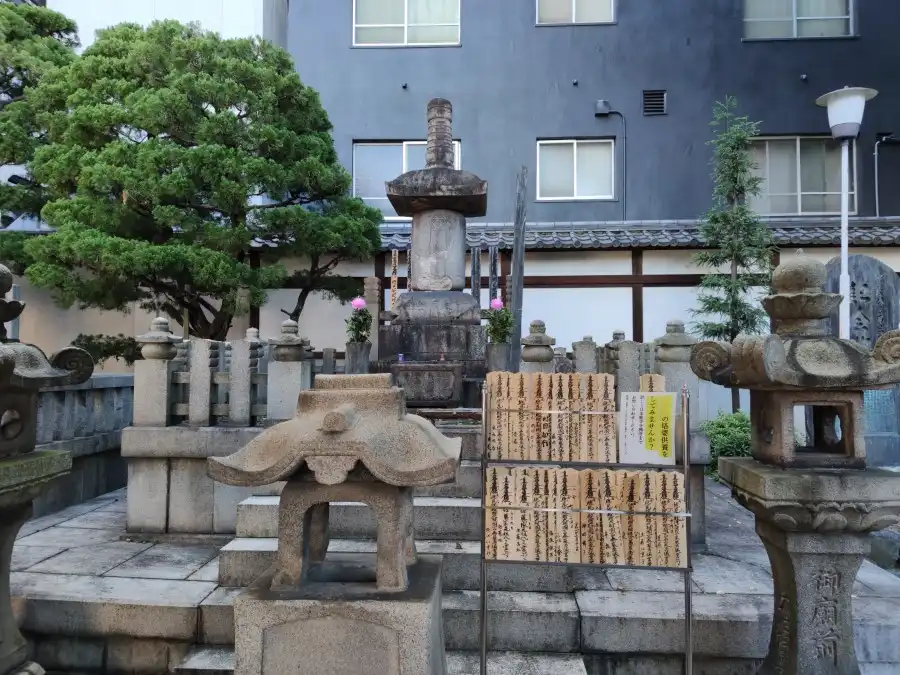
Honnouji Temple (本能寺)
Discover the rich history of Japan at Honnouji Temple in Kyoto, a hidden gem along the scenic Kamo River. As the head temple of the Honmon Sect of the Hokke School, it holds the teachings of Nichiren Daishonin. Rebuilt after the historic Honnouji Incident in 1592, when Akechi Mitsuhide rebelled against Oda Nobunaga, the temple’s…
-
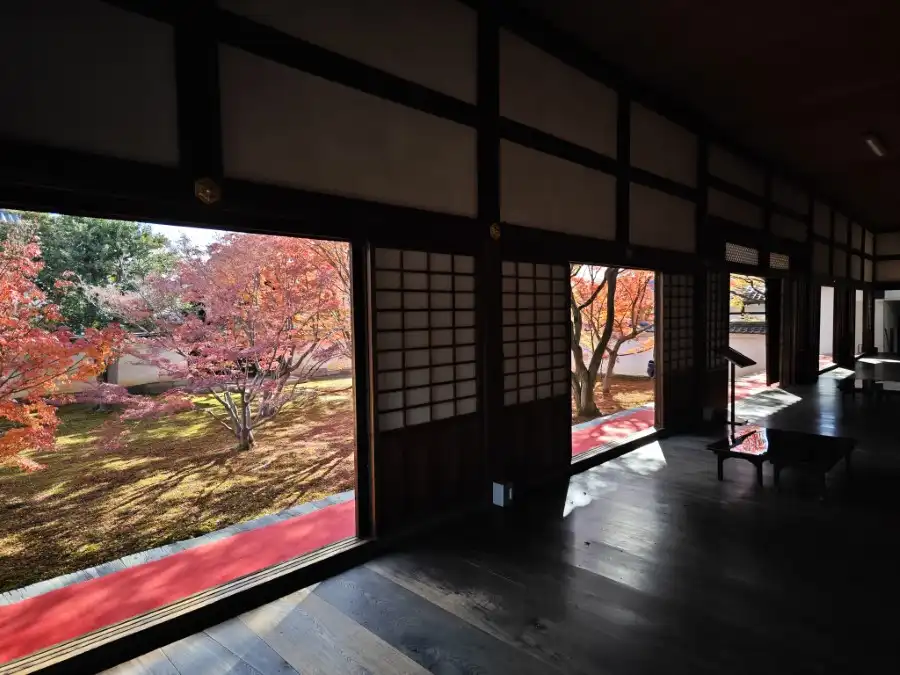
Myokakuji Temple (妙覺寺)
Immerse yourself in Kyoto’s historical tapestry at Myokakuji Temple, founded in 1378 and now a tranquil haven. Relocated in 1583 by Toyotomi Hideyoshi, this temple is a gem among the “Kyoto Nichiren Shu Meisho Sanguzan.” With ties to renowned figures like Ashikaga Yoshiteru and Date Masamune, the temple served as a retreat for Nobunaga and…
-
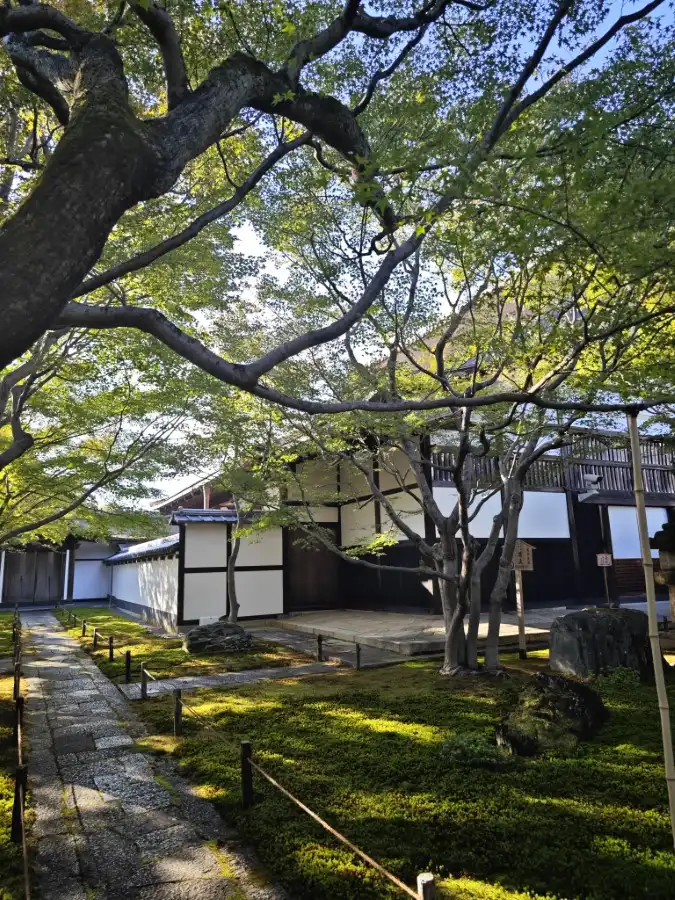
Obai-in temple (黄梅院), Daitokuji
Obai-in temple’s gardens are must see if you have chance. This temple is a real hidden gem in Kyoto. Oda Nobunaga built Obai-an in 1562 as a memorial service for his father, Oda Nobuhide. And it is one of the sub-temples of Daitokuji Temple. After Nobunaga’s sudden death due to the Honnouji Incident, Hideyoshi Hashiba…
-
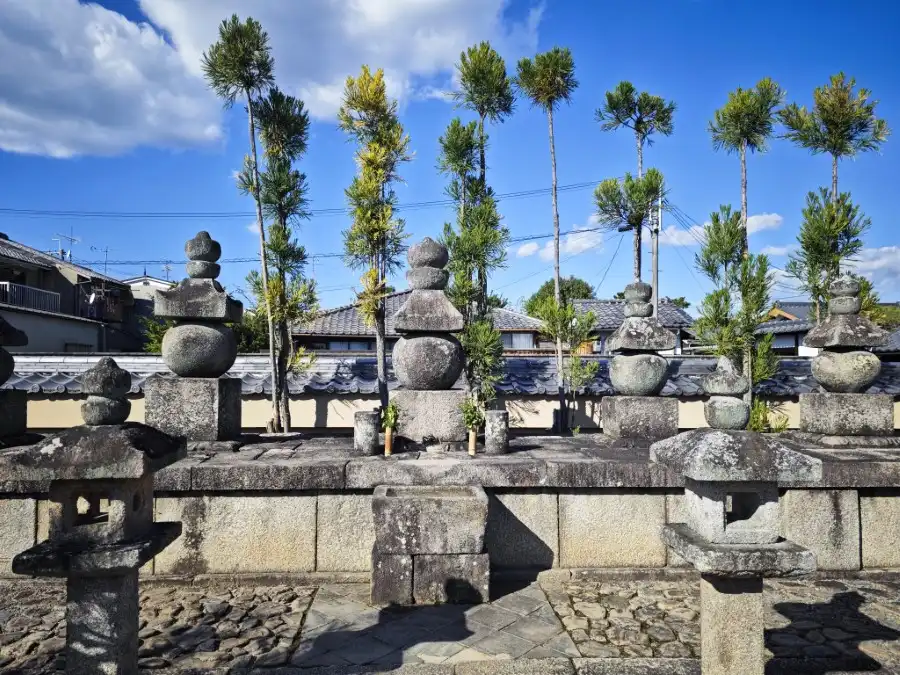
Soken-in (総見院), Daitokuji
Soken-in Temple is a sub-temple of Daitokuji Temple. Toyotomi Hideyoshi built Soken-in Temple in 1583 as a memorial to Oda Nobunaga, who fell in the Honnouji Incident. Toyotomi Hideyoshi was the man who united Japan after the death of Oda Nobunaga, following his legacy. In the main hall is a wooden seated statue of Lord…
-
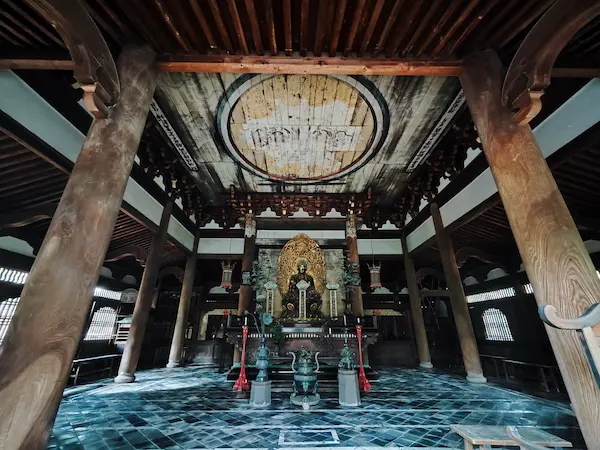
Daitokuji Temple (大徳寺)
The best time to visit Daitokuji is in the fall. Many sub-temples are open to the public in this season. History of Daitokuji Temple Daitokuji Temple is the head temple of the Daitokuji School of the Rinzai sect of Zen Buddhism. It was founded in 1315 at the end of the Kamakura period. Onin War…
-
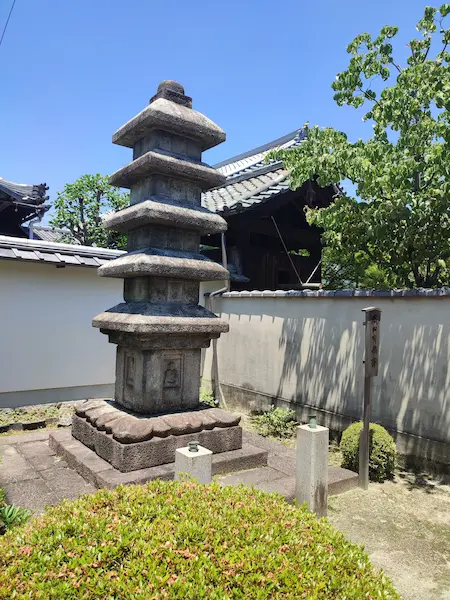
Shoden Eigen-in Temple (正伝永源院)
Shoden Eigen-in is a sub-temple of Kenninji Temple, the head temple of the Rinzai sect of Buddhism. In the Kamakura period, when the temple was founded, there were two temples, Shoden-in and Eigen-an. However, during the confusion caused by the abolition of Buddhism in the Meiji period (1868-1912), Eigen-an was unfortunately uninhabited and was immediately…
-
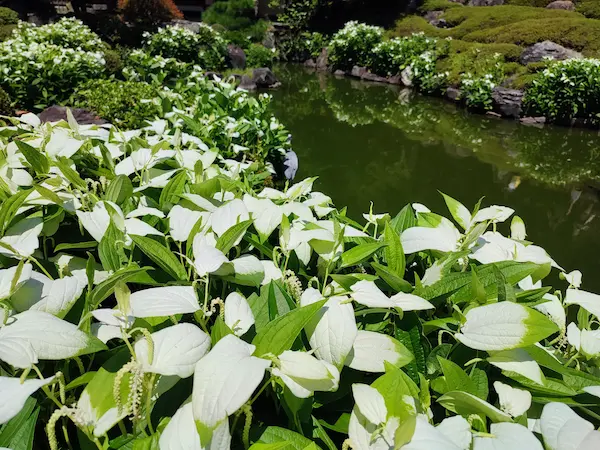
Ryosoku-in Temple (両足院)
Ryosoku-in is a temple of the Kenninji School of Rinzai Zen Buddhism and a sub-temple of Kenninji Temple. The principal image of the temple is the Amida Nyorai. It was built in the Kamakura period as Chisokuin Temple, founded by Zen priest Ryuzan Tokken. After a fire during the Tenmon period (1532 – 1555), the…
-
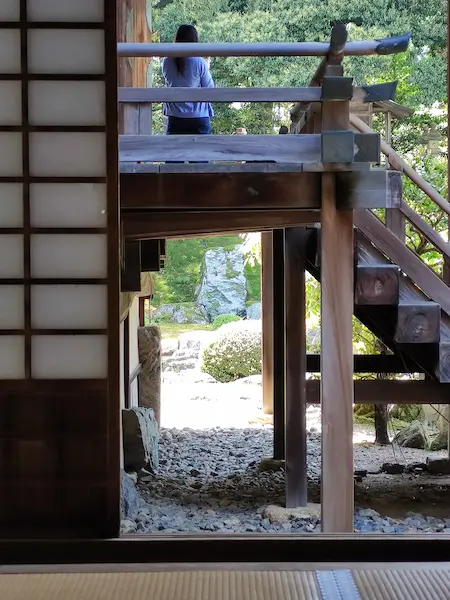
Sanboin Temple (三宝院), Daigoji Temple
It’s history Sanboin, the sub-temple, is entered from the side of the Daigoji Temple reception desk. Sanboin was built in 1115 and served as the main temple where the head priest of Daigoji resided. The present facility was developed after Toyotomi Hideyoshi’s cherry blossom viewing in Daigo in 1598. The garden was basically designed by…
-

Keishun-in (Myoshinji) 桂春院
Keishun-in Temple is a sub-temple of Myoshinji Temple. Keishun-in Temple was founded in 1598 by Hidenori Tsuda, the second son of Nobutada Oda, the eldest son of Nobunaga Oda, as Gisei-in Temple. The sliding door paintings in the hojo are by Kano Sansetsu. The tea ceremony room, Kihakuan, used to be in the Nagahama Castle…